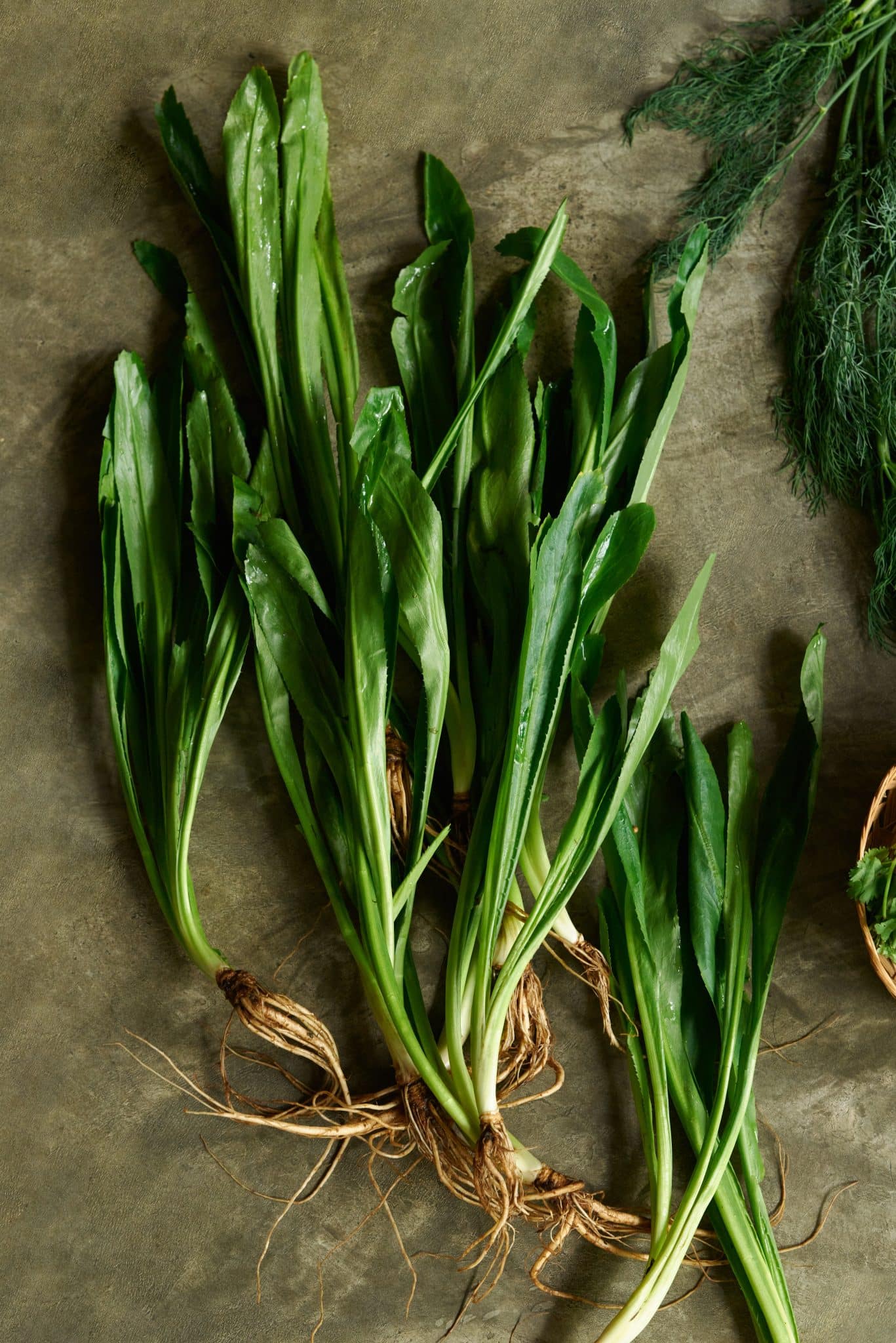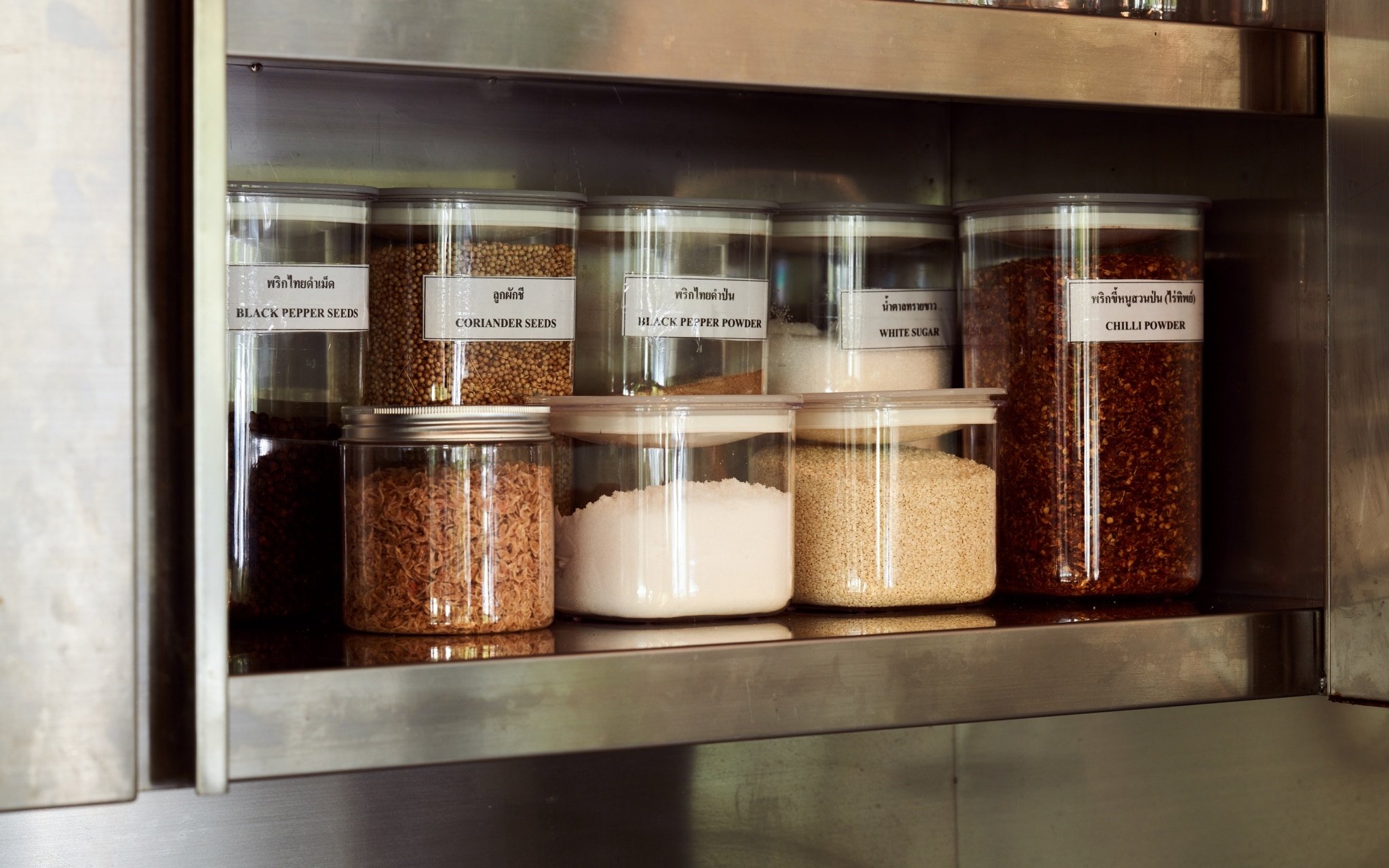
Even though coriander, dill, and culantro are not commonly used as main ingredients in each dish, but it does play an impressive role in enhancing flavors. Their uniquely appetizing aroma is not its only strong suit—those small leaves are highly nutritious and contain a number of medicinal properties.
Coriander, dill, and cilantro belong the same family, but they are distinctively different in looks, smells, and properties. Let’s get to know these plants more and you will be surprised by their plentiful benefits and usefulness.
Coriander—A Thai kitchen’s must-have

In Thailand, coriander is the most popular herb of its kind. Some may find it completely enjoyable, while others may find it too pungent, but it is undeniable that varied dishes wouldn’t taste as good without coriander, especially in Thai-style clear soup and spicy salad. Besides, coriander is indeed a secret behind savory flavors of many curry pastes. The aromatic green leaves are often used to garnish or spice up a dish, while the roots and seeds are added to improve taste of soup or to marinade meats.
Despite its small size, coriander is jam-packed with health benefits. It is a great source of vitamin C, vitamin D, and many more minerals. It can help lower your blood sugar and LDL, the bad cholesterol; promote your digestive system; protect you against flu; and so on. In addition, it has carminative and detoxifying properties. Nevertheless, people with kidney disease should limit coriander consumption as it contains high potassium.
Since it is so easy to find in Thailand, people living here may feel indifferent toward coriander, but in Japan, the crowds are completely charmed by the herb’s uniqueness that there was a period of coriander craze. At that time, Japanese did not use coriander or “pakuchi” as a garnish, but a major ingredient in various dishes. Besides, it was part of a number of sweet treats, ice cream, snacks, and even alcoholic drinks!
Dill—An international favorite
Dill is very widely used in Asian and Western countries. Its origin is, in fact, in the southern part of Europe, even though it is an important ingredient of an array of Asian foods. In Western cooking, dill is used as a spice to enhance herbal aroma in a variety of dishes like potato salad, creamy soup, steak, pasta, among others. In Thailand, dill is known as ‘Lao coriander’ and mostly found in Northern and Northeastern Thai recipes—those with a heavy influence from Lao culinary culture.
Compared to Thailand’s popular coriander, dill is more internationally favored thanks to its delightfully refreshing aroma, plus numerous health benefits including antioxidants, eye-friendly nutrients, fluctuance relief, as well as blood pressure lowering. Also, there are researches confirming that the essential oil of dill has a wonderful antibacterial property.
Just like coriander, dill is generally used as a garnish rater than a main ingredient in Thailand, but a lot of dishes won’t taste as good without a sprinkle of dill, being the heart behind savoriness of Gaeng Om (Northeastern-Thai-style dill soup), Lao mushroom soup, bamboo shoot curry, etc. Dill is also consumed fresh at the side of Laab (spicy minced pork salad) or various types of chili paste.

Culantro—A healthy add-on to spicy dishes

In Thailand, we call culantro “phak chee farang”, meaning “foreigner’s coriander”, even though it is much more popular in Thai cooking rather than Western. Thai people named culantro this way since it was the Portuguese who first introduced this herb to the country. As a matter of fact, culantro’s origin is in the South America, growing well in tropical climate. From the first introduction, culantro has become part of Thai cooking since then.
Thanks to its herbal aroma with subtly spicy scent, culantro goes gorgeously with Thai cuisine, especially with spicy dishes such as famous Tom Yum, Tom Saab, and spicy salads. Its medicinal properties are second to none. Therefore, on top of being an ingredient in many recipes, all parts of culantro are used in traditional medicines. It contains a substantial amount of beta-carotene, vitamin A, B, C, calcium, iron, and numerous more nutrients. According to traditional wisdom, culantro leaves and roots are boiled to be used as a cure for some health conditions. In spite of its stunning benefits, consuming too many culantro may cause stomachache and sickness as it encompasses a high level of oxalic acid.
Numerous benefits from leaves to roots
Amazingly, different parts of a coriander, dill, and culantro plants offer different aromas and have varying characteristics. You can obtain benefits from leaves, seeds, to roots—not a single part has to go to waste. In addition, their medicinal properties are outstanding that they are listed in herbal pharmacopoeia.
Coriander’s fruit (commonly known as seed) comprises aromatic essential oil with subtle citrusy-peppery scent, so it goes well with Thai-style soups, often used together with caraway and other spices. The fruit reveals its best smell when freshly roasted and grounded, but the scent will fade after leaving it for a period of time. Recommended is to use it right after grinding. Its roots are usually combined with garlic and pepper, being the flavor-enhancing three musketeers that creates umami experience in clear soups and cooked meats.
Aside from leaves, other parts of dill and culantro may not be as widely used as coriander’s, but they can be advantageous. In Western cooking, some sprinkle grounded dill seeds over steaks to add a refreshing touch to the meal, and the seeds are added in breads to make the baked goods even more invigoratingly delectable with delicate citrusy, spicy, and bitter aromas. Culantro’s roots are more frequently used as a medicine than in cooking, as it has outstanding carminative property.

